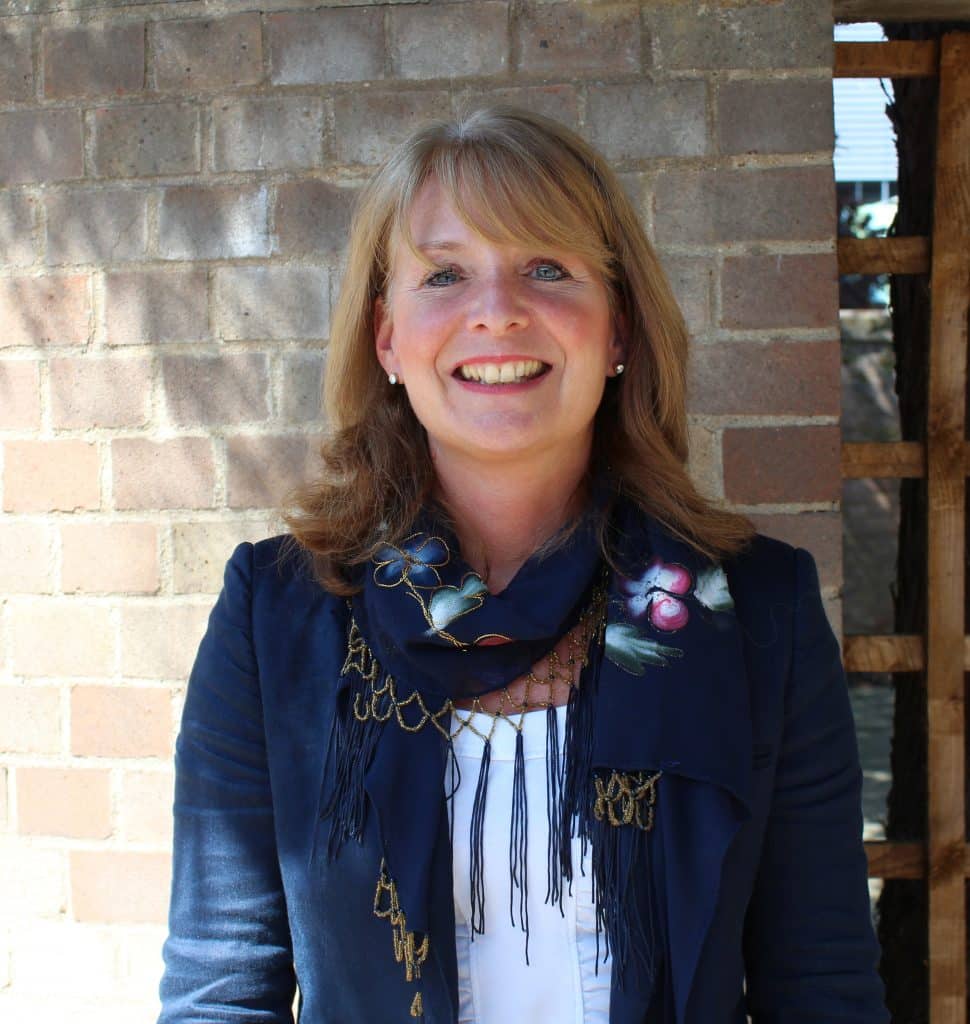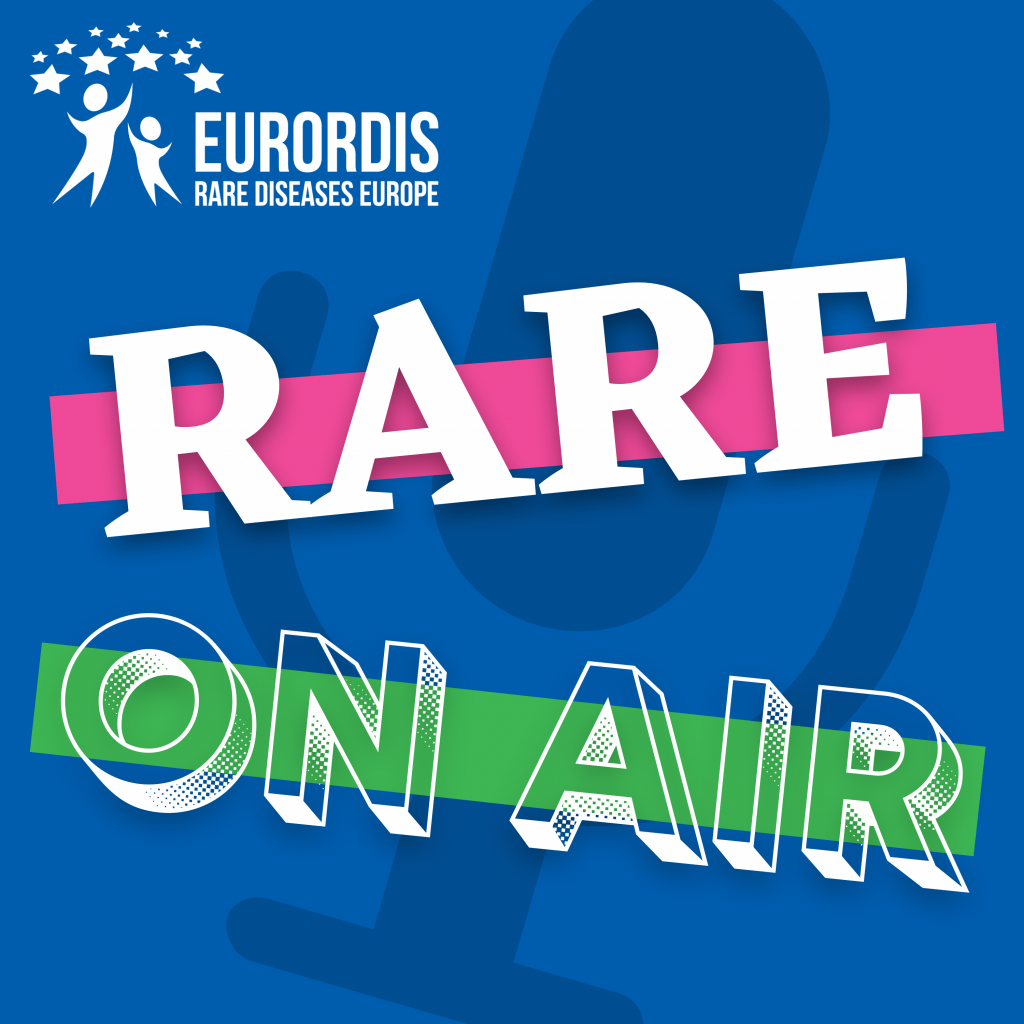What are the European Reference Networks and why are they a priority for people living with a rare disease?
Finding the right expert for a rare disease and accessing care remains a challenge for many of the 30 million people living with a rare disease in Europe. Often the only doctor who has expertise in their disease is located in a different country.
To address these challenges, the EU created the European Reference Networks (ERNs). An ERN is a clinical network that connects doctors, patient representatives and researchers virtually across borders, so that expertise travels rather than the patient.
They facilitate both the dissemination and exchange of knowledge and experience (when clinicians provide specialist advice and review cases, develop new clinical practice guidelines, or run training) and the generation of new knowledge (when clinicians share clinical outcomes and conduct research studies).
Through the ERNs, a doctor can now access existing expert knowledge from another country on a patient’s disease. To review a patient’s diagnosis and treatment, ERN coordinators convene ‘virtual’ advisory panels of medical specialists across different disciplines, using a dedicated IT platform.
ERNs are also gradually developing their research capacities building Clinical Research Networks within each ERN to increase their collaborative activities in the area of clinical research.

“There are only 150 cases of Ring-20 syndrome and they are spread across the world. The European Reference Networks have created a structure that means patients in Europe can access highly specialised expertise on their disease, no matter where the doctor is.“
Allison Watson, ePAG Patient Advocate in the ERN EpiCARE.
EURORDIS objectives in the area of ERN

Advocate for timely and equal access to high-quality care for people living with a rare disease, and therefore the advancement of ERNs, on the EU health agenda

Improve health outcomes for people with rare diseases by increasing the delivery of evidence-based highly specialised healthcare, and through the integration of ERNs into national health systems

Advocate for and facilitate the engagement of people living with a rare disease in the governance, strategic and operational delivery of the Networks

Empower patients with the knowledge and skills they need to be effective representatives when engaging with the clinicians in Networks’ collaborative activities

Patient involvement and representation in the ERNs
Bringing together 300+ patient representatives from 28 European countries, the European Patient Advocacy Groups (ePAGs) represent the patient voice in the European Reference Networks (ERNs).
Explore 24 European Reference Networks
ERN BOND (Bone disorders)
ERN CRANIO (Craniofacial anomalies and ENT disorders)
Endo-ERN (Endocrine conditions)
ERN EpiCARE (Epilepsies)
ERKNet (Kidney diseases)
ERN-RND (Neurological diseases)
ERNICA (Inherited and congenital anomalies)
ERN LUNG (Respiratory diseases)
ERN Skin (Skin disorders)
ERN EURACAN (Adult cancers)
ERN EuroBloodNet (Haematological diseases)
ERN eUROGEN (Urogenital diseases and conditions)
ERN EURO-NMD (Neuromuscular diseases)
ERN EYE (Eye diseases)
ERN GENTURIS (Genetic tumour risk syndromes)
ERN GUARD-HEART (Diseases of the heart)
ERN ITHACA (Congenital malformations and rare intellectual disability)
MetabERN (Hereditary metabolic disorders)
ERN PaedCan (Paediatric cancer (haemato-oncology))
ERN RARE-LIVER (Hepatological diseases)
ERN ReCONNET (Connective tissue and musculoskeletal diseases)
ERN RITA (Immunodeficiency, autoinflammatory and autoimmune diseases)
ERN TRANSPLANT-CHILD (Transplantation in Children)
VASCERN (Rare multisystemic vascular diseases)

